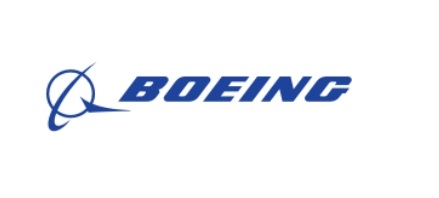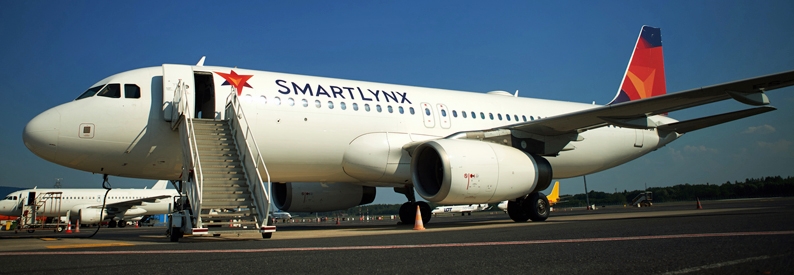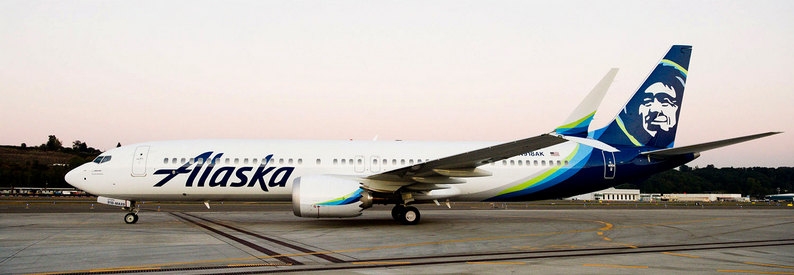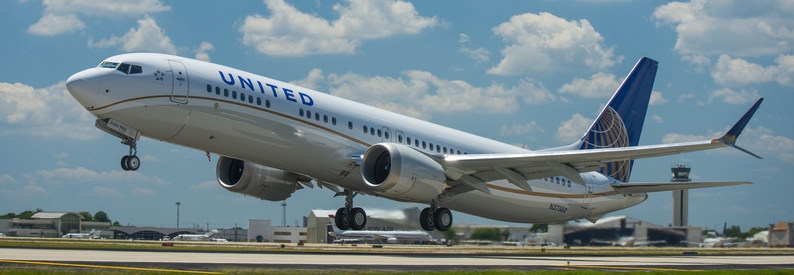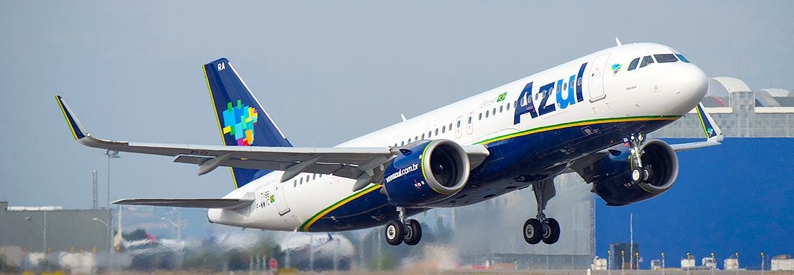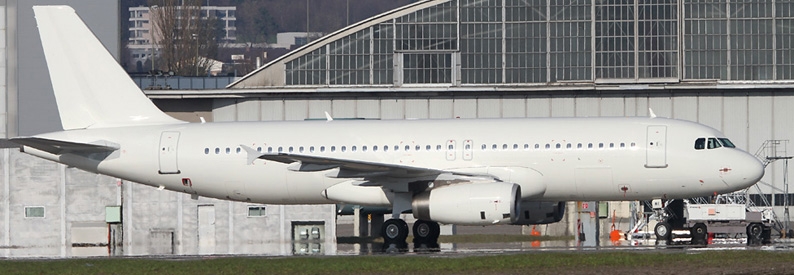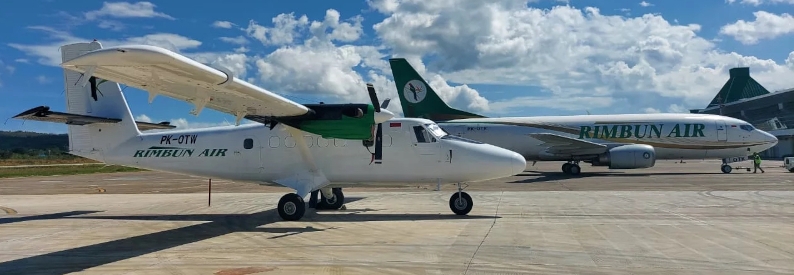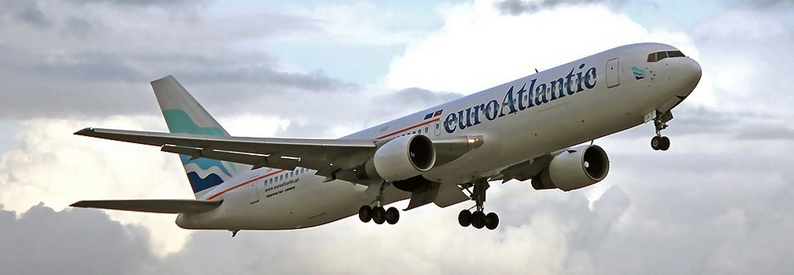Boeing (BOE, Washington National) has backtracked on its earlier insistence that computer-based training alone is sufficient for B737 MAX pilots and is now recommending full simulator training for all cockpit crew.
"Public, customer and stakeholder confidence in the 737 MAX is critically important to us and with that focus Boeing has decided to recommend MAX simulator training combined with computer-based training for all pilots prior to returning the MAX safely to service." interim Chief Executive Greg Smith said in a press release.
While the manufacturer added that final decisions will be taken by regulators, the recommendation could be seen as a significant step towards alleviating public concerns about the B737 MAX. However, the introduction of simulator training would likely retard the B737 MAX's return to commercial service even if recertification is successfully completed.
Meanwhile, Boeing is nearing its previously announced halt in the B737 MAX production line, expected to take place later this month. According to The Air Current, the last unit has already entered the final assembly line at Renton line ahead of the suspension. The manufacturer, which has pledged to avoid layoffs despite the line's temporary hiatus, has also begun shuffling employees to other sites.
Despite the impending suspension, Boeing has asked the US Federal Aviation Administration (FAA) if it can use Victorville, CA, as a new storage facility for its backlog of completed, but undelivered, B737 MAX, Leeham News has reported. There are over 400 completed B737 MAX Family jets in storage at Renton, Seattle Boeing Field, Everett, Moses Lake, and San Antonio Lackland all of which are awaiting the type's recertification.
However, the recertification timeline remains very uncertain. The New York Times said that in December, Boeing discovered that wiring architecture in the tail section of the MAX was potentially unsafe due to the risk of a short circuit. In internal communications, Boeing said that while the issue may require a design change, a simpler solution would involve a simple clamp and would require no more than two hours of work per aircraft.
